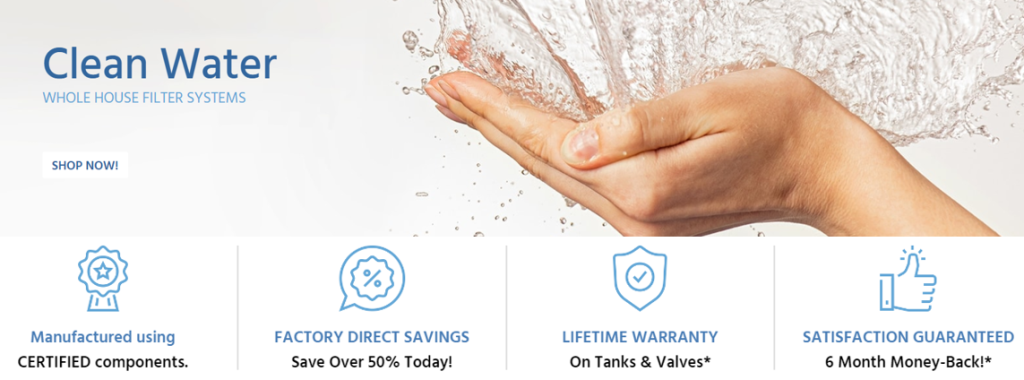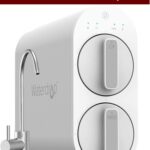If the water softener is not working properly, it can cause low water pressure.
If you have low water pressure, it could be because of your water softener. Water softeners work by removing minerals from the water, which can build up and cause low water pressure. If you think your water softener is the cause of your low water pressure, you can try cleaning it or adjusting the settings. If that doesn’t work, you may need to replace your water softener.
How Can Water Softener Regenerate Itself?
The water softener can regenerate itself by using salt to remove the hardness from the water.

Water softener regeneration is a process that is used to clean the resin beads that are inside the unit. These beads are what remove the hardness from the water as it passes through the unit. Over time, the beads can become clogged with minerals, which reduces their effectiveness. regeneration cleans the beads so they can continue to work properly.
Install a Home Water Filter & Get "Unlimited Safe Drinking Water" For Decades
Get Upto 55% Discount With a Lifetime Warranty & 6-Months Money Back Guarantee Free Shipping
SpringWell Water Filtration Systems: 100% American-Made & NSF Certified Water Filters and Water Softeners
There are two types of regeneration: manual and automatic. Manual regeneration is when the user initiates the process by pressing a button or flipping a switch. Automatic regeneration is when the unit regenerates itself on a set schedule.
Most units use salt to clean the beads. The salt is added to the brine tank, which is located next to the unit. When it is time to regenerate, the unit will fill the tank with water and then flush the water through the beads. This process will remove the hardness from the beads and flush it down the drain.
The amount of salt that is used will depend on the size of the unit and the hardness of the water. A general rule of thumb is to use 1 pound of salt for every 50 gallons of water that the unit is able to treat.
After the regeneration process is complete, the unit will flush the brine tank with fresh water to remove any residual salt. The unit is now ready to continue softening the water.
Here is an example of how to regenerate a water softener:
1. Set the dial on the unit to the “regenerate” setting.
2. Add the required amount of salt to the brine tank.
3. Wait for the regeneration process to finish. This can take anywhere from 30 minutes to 2 hours.
4. Set the dial back to the “normal” setting.
5. Flush the brine tank with fresh water to remove any residual salt.
That’s it! Your water softener is now regenerated and ready to continue softening your water.
How Can Water Softener Reduce Water Pressure?
It can’t.
If you have hard water, it can build up in your pipes and reduce water pressure. A water softener can help by removing the minerals that cause hard water, like calcium and magnesium. This will help keep your pipes clear and improve water flow throughout your home.
FAQ
How Can Water Softener Use Less Water?
How Can Water Softener Improve Water Quality?
Conclusion
Water softener can cause low water pressure because it can block the flow of water to your home. If you have low water pressure, you should check your water softener to see if it is the cause.
If you have any questions about how water softeners can cause low water pressure, feel free to ask them in the comments section below.


